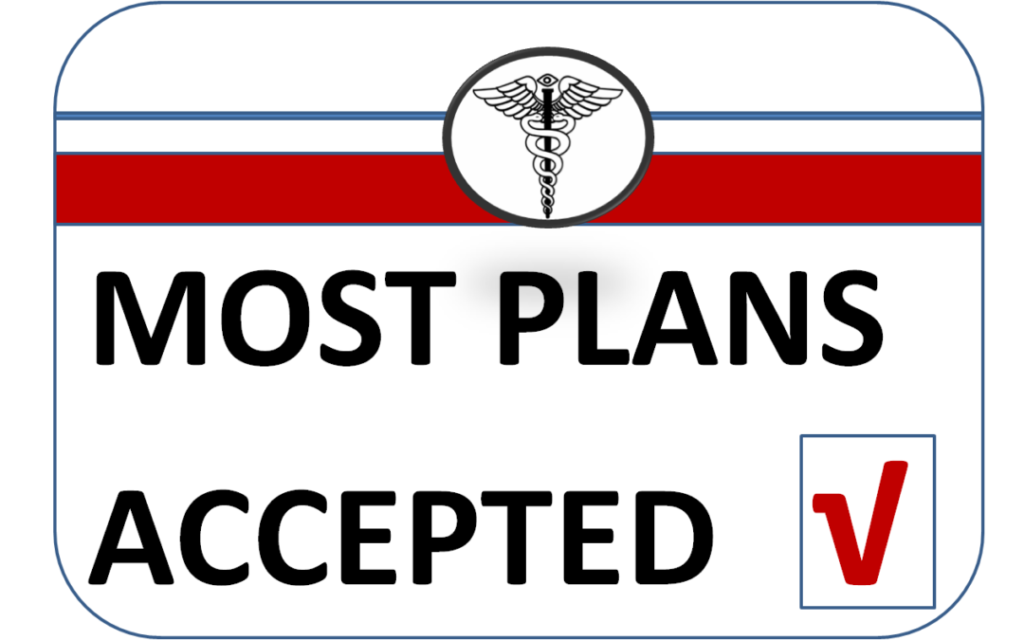Everything The CEO Optometrist Needs to Know About Performance Metrics

Everything The CEO Optometrist Needs to Know About Performance Metrics A Metric is a quantifiable measure that is used to track and assess the status of a system or process. “…Quantifiable measure…?” “…The status of a system or process…?”
Oooh, such fancy words, but what in the world does any of that mean? If you’re like me, you may roll your eyes at words like that. Who cares, right? I’m with you. I don’t care about fancy words either. But I do care about how they impact me. That is why in this article, we’re gonna talk about everything the CEO Optometrist needs to know about Performance Metrics.
What are performance metrics and why should you care?
Measuring performance metrics is very important because metrics are key to evaluating the overall health of your practice. A good performance metric will help you see patterns of behavior in your practice. Once you understand these patterns, you will be able to make effective plans for improvement. As such, good metrics measure performance in a way that is meaningful for the goals of a practice. For example, in my practice, one of our target goals is to maintain a certain profit margin on all frames sold. To tract this metric, we add the patient out-of-pocket amount and the anticipated vision plan contribution for each frame sold in our optical. Then we subtract that number by our cost and the result is our profit. One of our opticians tracks this metric daily. After tracking this metric for 12 months, we were able to clearly see which frame lines were profitable for our optical. As a result, we became very strategic about which frame lines to bring in and which to fade out in order to reach our target goal.
Question for you – Which metrics are you tracking?
If you aren’t tracking any metrics in your practice, I challenge you to reconsider. But with so many systems affecting the health of your practice, it may be difficult to know which metrics to track. So what should you do?
To answer that question, let me introduce a couple more terms:
Key Performance Indicator (KPI):
A measurable value that demonstrates how effectively a company is achieving key business objectives. KPI’s are the “key” metrics that helps you monitor progress towards your “key” goals. Although, each practice will have different KPI’s, there are certain metrics that are standard KPI’s for our industry. Do you know what they are?
Benchmarking:
The process of comparing a practice’s performance criteria and business processes to industry norms or to your past performance. Benchmarks help you assess your practice’s performance in comparison to other private practices in the industry or to your past performance. It will help you set realistic goals for your practice
When I was first introduced to these terms, I felt both overwhelmed and empowered. I was ambivalent because I had no idea how I was going to apply these concepts in my practice; but I knew they would help me get control of my practice’s financial future. For a list of recommended industry metrics, click HERE to access the ECPU Key Metric Report for 2018. Ok, you’re still with me, right? Great! Let’s dig in some more!
So how do you use these tools in your practice? Here’s how:
– First, create 1-3 goals for your practice in your business plan for the year.
Example: A goal could be something like – Increase eyewear capture rate to ___% for optical.
– Then, identify a benchmark for this goal.
You can use the industry norm as a benchmark or you can use your office norms. If you are a new practice with less than 3 years of data, I’d recommend you use industry norms to establish a benchmark. If your practice is older than 3 years, I’d still recommend you find out what the industry norm is; but use your own data to identify a benchmark.
-
-
- Example: To use your practice norms as a benchmark, go back 1-3 years and find out what your average eyewear capture rate was over that time frame. Then use that number to create a benchmark for your goal.
- Each practice is so unique so it’s hard to say exactly what that number should be in an article like this. However if you need help identifying your benchmarks, click HERE to get more information about my consulting program.
-
– Next, select 3-5 performance metrics to monitor factors affecting this goal.
Ok, so you now have a goal and a benchmark, you need to identify a few performance metrics to monitor factors affecting the success of your goal. Example of metrics to tract for our capture rate example above are as follows:
Number of refractions performed per day
Number of eyewear sold per day
Number of eyewear sold per refraction per day
Percent of eyewear sold per refraction per day
Average patient time in clinic per day
– Next, select the KPI for this goal.
Now that you have your goal, your benchmark and your performance metrics, you need to identify a KPI.
From the performance metric examples above, the KPI would be:
“Percent of eyewear sold per patient per day”.
This is the metric you as the CEO will need to know every month to see the progress towards your goal.
– Lastly, assign team members a metric to track.
For example, your optician can tract the metrics for eyewear sold per day. Whereas your receptionist or billing person can track the number of refractions performed per day.
You can also use these metrics to create performance goals for your team members. For example, if your optician knows the goal for the number of eyewear sold per day, maintaining this metric will help him or her evaluate his or her own daily performance. This can be a powerful motivating factor for improved performance.
In my office, every team member, including the doctors, have metrics to track. When we do our team meetings, everyone must report their data to the group so we can track progress. Once we see those numbers, it’s really easy to see how our practice is performing. I highly recommend you adapt a similar tracking and reporting system for performance metrics in your office.
An important tip
Did you notice I added “average patient time in the clinic per day” as a performance metric for our example above? You may be wondering, how does that affect capture rate? Well, let’s make the connection. As you track the average time patients spend in clinic, you will begin to see an inverse relationship between the length of that time and your optical capture rate. The longer your patients are in clinic, the less they buy. As you see that pattern, you will be able to make changes in your clinic experience to influence your goal which is to increase capture rate to ____%. Is this starting to make sense? Are you starting to see the value of tracking metrics?
In conclusion
Tracking metrics will allow you to see performance patterns in your practice. When you track your numbers, you will see the truth as it is not as you wish to see it, because numbers don’t lie. Understanding the story behind your numbers is powerful. It’s powerful because it will put the wheel that drive your practice in your hands and not in the hands of chance or wish. I urge you to identify a few goals for your practice. Once identified, assign a benchmark for each goal according to industry norms or according to your past performnce. Then, establish a few Metrics to tract factors affecting the success of your goals. Finally, identify the KPI for each goal to tract performance. I can’t stress enough the importance of these tracking these numbers. You should know your KPI’s like you know the back of your hand. Ideally, you should tract them daily, but if you’re not there yet – at least tract them monthly.
If you are struggling in your practice, I hope this article inspired you. I hope it showed you that YOU truly hold the power to change your future. Can you see that now? YES?! Good, I’m glad, because I only have one goal in these articles – to inspire and empower you! If you’re reading this and you’re thinking- “this all sounds great Lauretta, but I don’t know where to start.” First, let me tell you that you are not alone. There are many others out there who feel exactly the way you do. Let me tell you this as well, you don’t have to do it alone. That is what I’m here for. I’m here to help yo!. If you’d like my help, click HERE to get more information about my consulting program. In it, I work with you on each step of the program and help you create a success blueprint for your practice. I look forward to hearing from you and to helping you Dream big, Take risks and become the CEO of YOU!






Responses